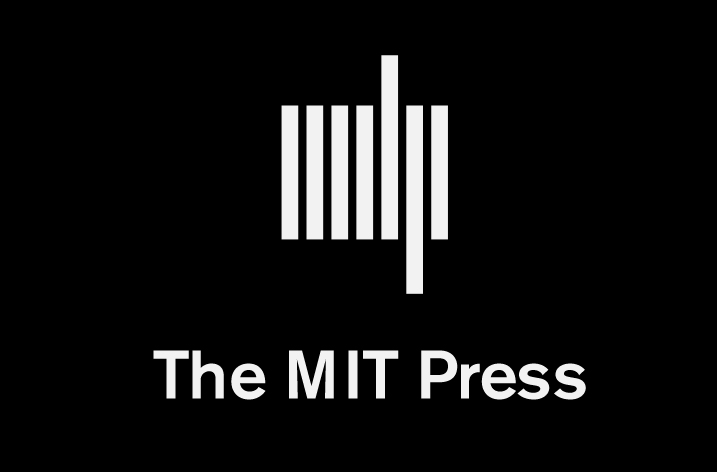
The completion of the human genome project in 2003 was an immeasurably important milestone, but (like an book written in code) left many biologists wondering what the sequence might actually mean. Consequently, the focus of human genomics that year began the transition from generating sequence – to annotating the functional elements, hidden within the human genome’s 3.2 billion As, Cs, Gs and Ts. With this goal in mind the ENCODE (Encyclopedia of DNA Elements) consortium was formed.
Some combinations of these nucleotides would together constitute the exons and introns that make up genes, while some would form regulatory elements. ENCODE set out to comprehensively annotate these elements in as much functional detail as possible which can now be found in the ENCODE explorer, a novel micro-site allowing seamless navigation between articles.
Following nearly ten years of data generation, the project’s findings have now been published as a series of over 30 articles in a ground-breaking, multi-publisher collaboration, between BioMed Central, Nature and Genome Research.
Genome Biology, one of BioMed Central’s flagship journals has published six articles from this project. A further article is published in BMC Genetics. These articles address important questions relating to regulatory elements, specifically how they are defined and how they correlate with gene expression. In particular, The GENCODE pseudogene resource one of the Genome Biology papers,
describes genes that have suffered a lethal number of mutations. but whose ‘fossil’ traces are still apparent in the genome. The article shows that some of these pseudogenes may still be functional, in some cases having been partially resurrected from gene death.
Professor Mark Gerstein, the lead author of two of these articles, explained, “Among the oddities turned up by the ENCODE project are pseudogenes – stretches of fossil DNA, evolutionary relics of the biological past. Moreover, the project’s data has shown that a number of pseudogenes may be active, not as protein-coding genes but as ncRNAs.”
BioMed Central has been publishing peer reviewed, open access journals for 12 years and now has a portfolio of 270 journals in science and medicine. All of the 30 ENCODE articles will be open access – meaning these articles will be freely accessible online for all and will be available as a collection on the micro-site ENCODE explorer, which is hosted by Nature and also through an iPad App.
Professor Ewan Birney, the head of the ENCODE consortium stated that, “The ENCODE consortium was very excited to work with Genome Biology, BMC Genetics and BioMed Central to make the details of our work widely available. By coordinating these publications and creating clear paths to the original data, and by ensuring that it is all open access, we have made these large-scale ENCODE resources truly transparent and accessible for the scientific community.”
























